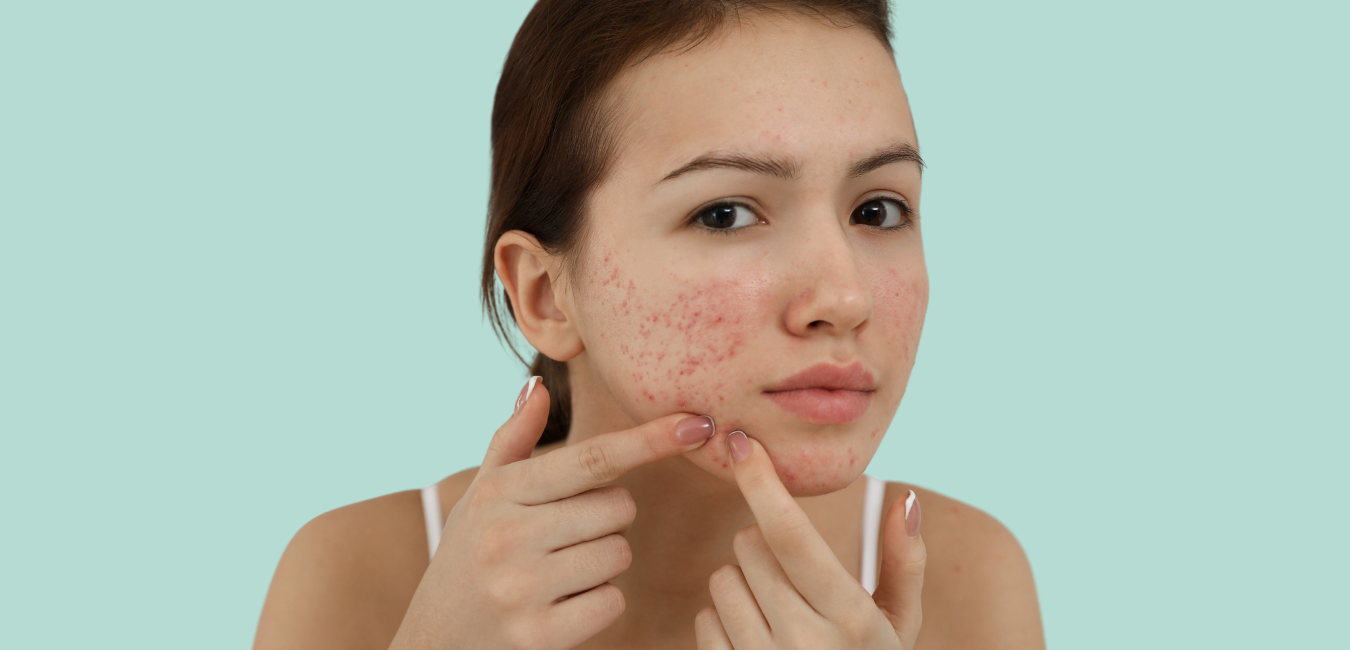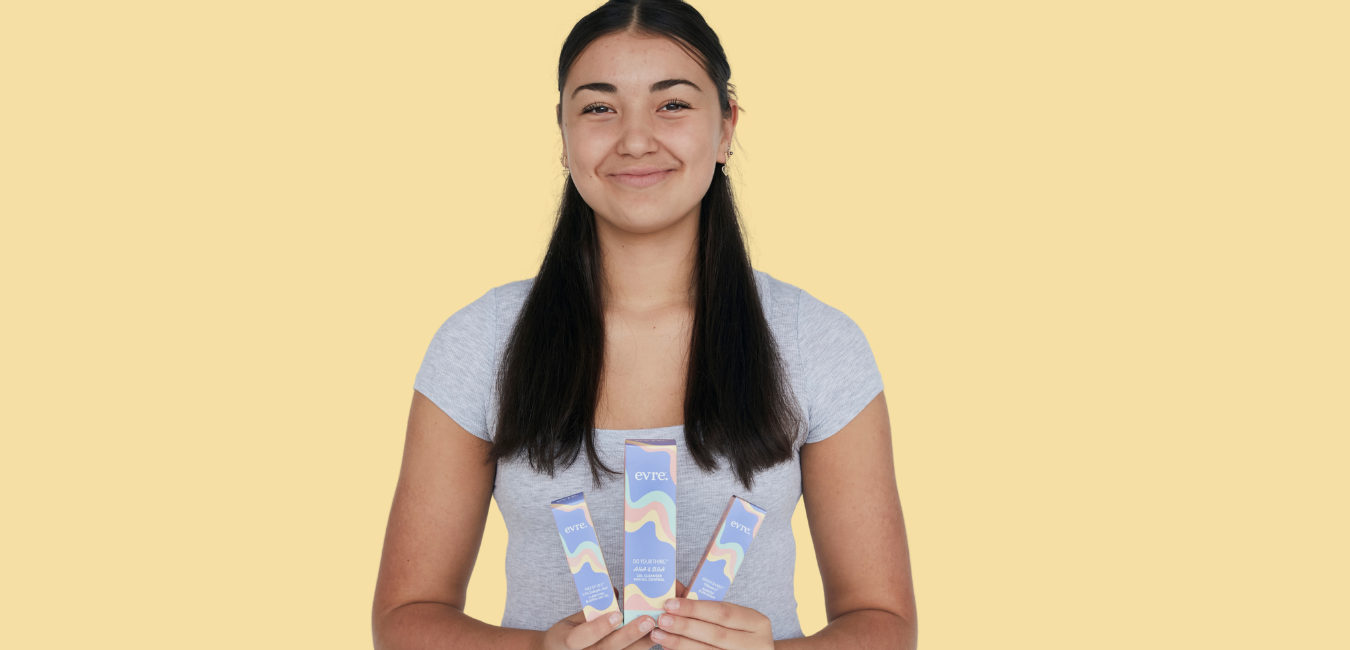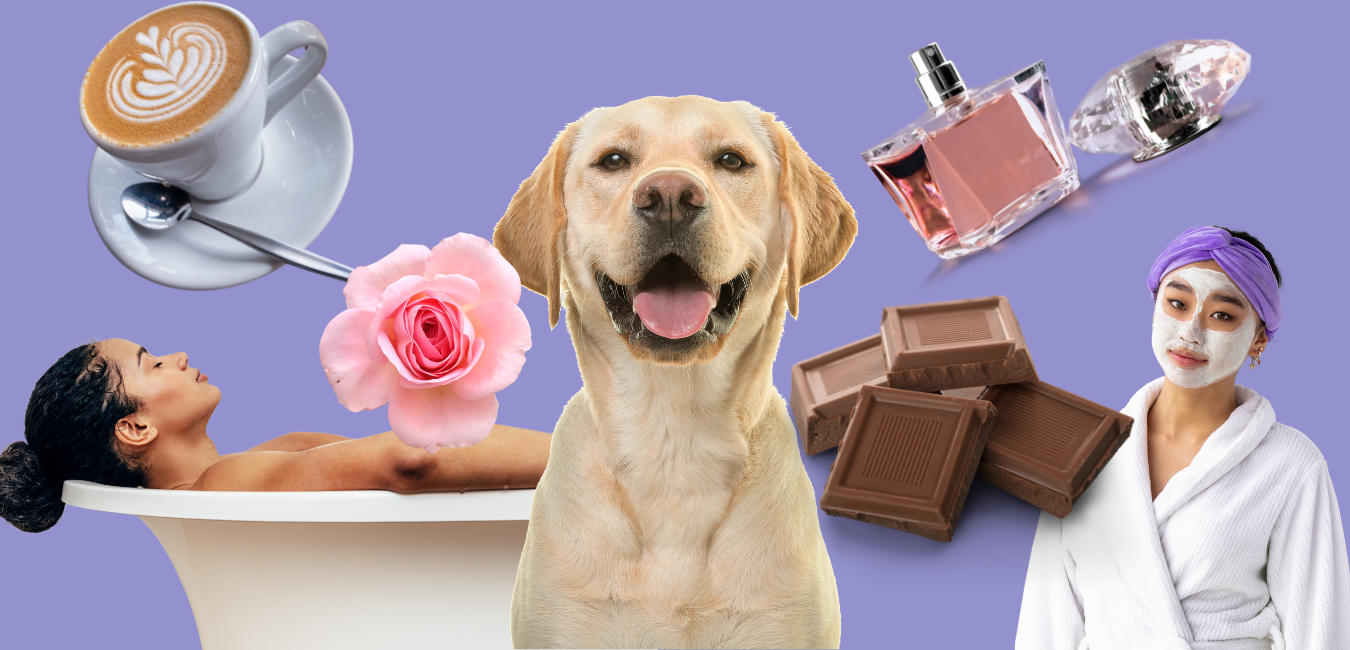
Decoding Breakouts: Unveiling the Secrets of Blemishes
Get ready to embark on a blemish-busting adventure as we decode the mysteries of different types of breakouts. From the mischievous pimples to the stubborn blackheads and the sneaky whiteheads, we'll also shine a light on the unexpected intruder known as acne and why there are different types.
Pimples: The Mischievous Trouble-Makers Let's start with the most familiar trouble-makers - pimples. These pesky red bumps have impeccable timing, showing up on your face right before a big event. It's like they have a secret agenda against your social life! So, what is the difference between acne and pimples? Acne is technically a disease and pimples are the symptom of acne. Pimples are caused by clogged pores, excess oil production, and bacterial mischief. But fear not, because with a little TLC and some of our pimple-fighting superhero products, you can show those pimples who's the real boss. There are four different types of pimples:
- Nodules: rounded or unusually shaped masses, they may be deep in your skin and are often painful.
- Pustules: these are pus-filled pimples that look like whiteheads surrounded by discoloured rings, picking at these can cause scarring.
- Papules: these are solid, inflamed bumps that are usually cone-shaped (conical). They don’t have a pus-filled tip. They may be the same colour as your skin, red brown or even purple! They are an inflammatory form of acne.
- Cysts or cystic acne: these are pimples filled with thick yellow or white fluid composed of dead white blood cells, small pieces of tissue and bacteria (pus). They can cause scars.
Blackheads: The Nose Squatters with Attitude Now, let's turn our attention to those stubborn blackheads. These little rascals take up residence in your pores and throw a never-ending block party. They're like unwelcome squatters on your skin, overstaying their welcome. Blackheads get their name from their distinctive dark color, resulting from a mix of dead skin cells and excess oil. They are a type of acne; they are an open comedone. Comedones occur when a hair follicle/sebaceous gland becomes inflamed as a result of increase sebum, abnormal formation of keratin (the protein that helps make skin, hair and nails). Increased hormones (androgen) and/or an increase presence of bacteria on the skin.
Whiteheads: The Sneaky Snowballs of Skincare Whiteheads are the adorable little snowballs of the acne world. They pop up unexpectedly, leaving you wondering if someone ordered a surprise snowstorm on your face. They are also a milder type of acne (acne vulgaris), like blackheads they are comedones. They are closed bumps on the skin and they look white or yellowish. These tiny white bumps occur when pores become clogged and remain closed. Like blackheads they are caused by increased sebum, abnormal formation of keratin and increased bacteria on the skin. But fear not, because armed with proper cleansing, exfoliation, and pimple-fighting magic, you can bid farewell to those whiteheads and showcase your flawless skin.
Fungal Acne: The Unexpected Intruder just when you thought you had acne figured out, along comes fungal acne, the unexpected intruder. Fungal acne, also known as pityrosporum folliculitis, is like an uninvited guest at your skin party. It sneaks in and causes tiny, itchy bumps, thanks to an overgrowth of yeast called Malassezia. These sneaky fungi thrive in warm and humid environments. They are an infection in your hair follicle. You can get it if you live in a hot humid climate, are taking antibiotics, have a weakened immune system, another fungal infection or use a lot of oil-based skincare. You need to take an antifungal medication to treat it so we recommend you go to your doctor to get it diagnosed before you try to treat it yourself.
Now that we've met the villains, it's time to unleash the skincare superheroes and save the day! Here's your ultimate battle plan and we have you covered in 4 easy steps!
- Cleanse Like a Pro: Wash your face twice a day with a gentle cleanser to remove dirt, oil, and makeup residue. It's time to give your skin a clean slate, just like your TikTok feed. If you have dry skin/normal skin we recommend our Oh So Extra Pineapple & Coconut Cleanser or if you have combination/oily skin or are prone to acne you should use our Do Your Thing AHA & BHA Gel Cleanser.
- Exfoliate with Care: Gentle exfoliation helps slough off dead skin cells and unclog those pores. But remember, moderation is key. Avoid scrubbing too vigorously, or you might end up with skin redder than a tomato at a salsa party. We recommend using twice a week our Time To Shine Raspberry & Almond Gentle Face Scrub. Our Do Your Thing AHA & BHA Gel Cleanser also contains AHAs and BHA which are a gentle exfoliant which penetrates and unclogs the pores of oil and surface build-up.
- Treat the breakout: Our Face Up To It Clarifying Blemish Dry Oil is great as a spot treatment or applied to the entire face. It contains 1.5% salicylic acid which is also a natural exfoliant as well as black cumin seed, vitamin E and manuka oil which all have anti-bacterial and anti-inflammatory properties. You can also use the It’s a Vibe Kiwi & Avo Face Mud Mask which is a great detoxifier and helps to clear out pores, use once or twice a week. If you have a particularly troublesome pimple apply a small amount of the mask to it and leave it on there for 20 minutes.
- Treat the after affects: Unfortunately, long after pimples are gone, they can leave the after affects in the form of scaring and pigmentation. Apply our Bright & Early Vitamin C Scar Serum to even out skin tone and aid in skin healing.
Seek Professional Guidance: If your acne persists or if you suspect fungal acne, it's time to consult a dermatologist or your doctor. They can accurately diagnose your condition and provide targeted treatments to banish acne for good.



